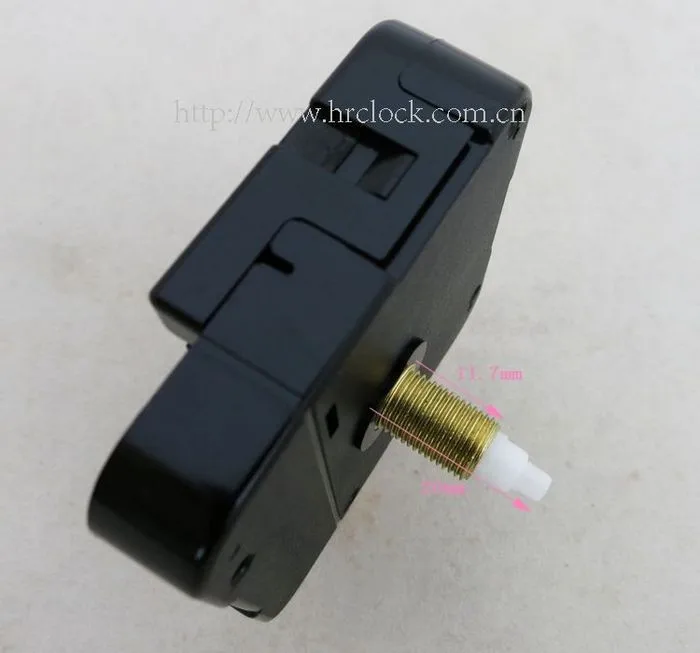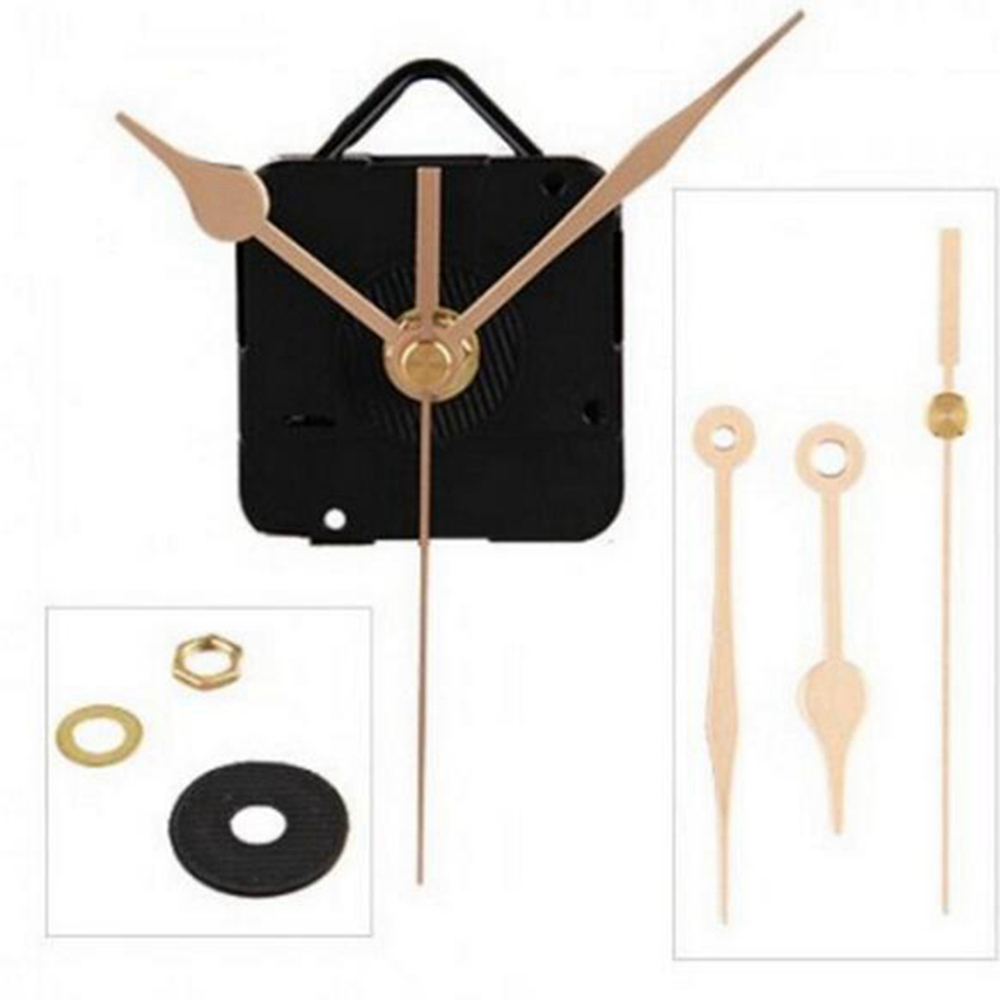
One of the best options is Mass Loaded Vinyl. This will help keep the noise inside the case. When you have the back off your clock for lubrication, or just to check the amount of room available, consider adding some mass to the inside of the covers. If oil evaporates at all, it will take significantly more than 30 minutes–closer to weeks or months. I have also seen the suggestion that leaving the back off the clock allows the oil to somehow evaporate.I might save this option as a last resort–if ever. I have seen 20W motor oil recommended because it is heavier and will make the clock quieter.

You will probably have to lubricate your clocks every 6 months to keep them quiet.Keep the following things in mind when lubricating your clock. (There should be very little, if any.) Reassemble the clock and listen to see if you have been successful. Leave the cover off the clock, turn it over, and set it onto a rag or paper towel to let any excess oil drip out. And trying to absorb excess oil with a Q-tip that can leave tiny bits of lint on very precise gears will likely interfere with the clock’s operation. Having oil dripping off every gear is not a good idea. You can always go back and add a little more. It is thinner than most other oils, and is usually available in small plastic squeeze bottles equipped with long thin tubes to access clock workings. Yes, there is specialized oil for clocks. Place the clock on its face and lubricate all moving parts with Clock Oil. Remove as much of the clock housing as necessary to access all of the internal workings. If you own a clock with true gears making the ticking sound, you can take the time to oil it and quiet it down. If this is your clock, you will have to try one of the other options to reduce the ticking sounds. In some cases, this is easier said than done because many ‘ticking’ clocks actually make sounds electronically without any moving parts. The following suggestions will help you quiet your clock while allowing you to see the time and have access to set time or turn alarms on and off. Which, I would suggest, kind of defeats the purpose. It is very easy to silence a clock–if you do not want to see the time. Note: I am not including Cuckoo clocks in this article. Here are a few methods you can use to quiet your traditional tick-tock clock without sacrificing looks and function. You may find the green or red glow of an silent electric LED clock is not very appealing either. But there could also be times that the constant ticking noise–specially at 2 AM during the quiet of the night is not so comforting. The American "I" shaft configuration also requires a small round nut (included with movement purchase) to hold the minute hand in place.In some ways, the ticking of an alarm clock can be a comforting sound. The American "I" shaft configuration is used on most (but not all) battery and electric movements. The American "I" shaft hand configuration is fairly easy to identify without measuring the mounting holes. On all American "I" shaft movements, the mounting hole in the minute hand is "oblong with two flat sides", and the hour hand hole is round.

Choose hands here: įace thickness (this is how thick the material is that the hand shaft goes through) 3/4"
#Silent clock mechanism michaels free
One free pair with each movement you buy.

Want free hands? Get free hour and minute hands (up to 5-1/4" long) with purchase of a quartz movement. If you order a sweep hand we will send an open nut that will allow you to use all three hands. These movements can be used with or without a sweep second hand. We no longer include free hangers but you can order hangers separately. All of our quartz movements are shipped with mounting hardware. The threaded part of the hand shaft is 5/16" in diameter. They can use any of our quartz hands up to 5-1/2" long. They use one "AA" battery (not included). These movements are 2-1/8" x 2-1/8" square and 5/8" deep.


 0 kommentar(er)
0 kommentar(er)
